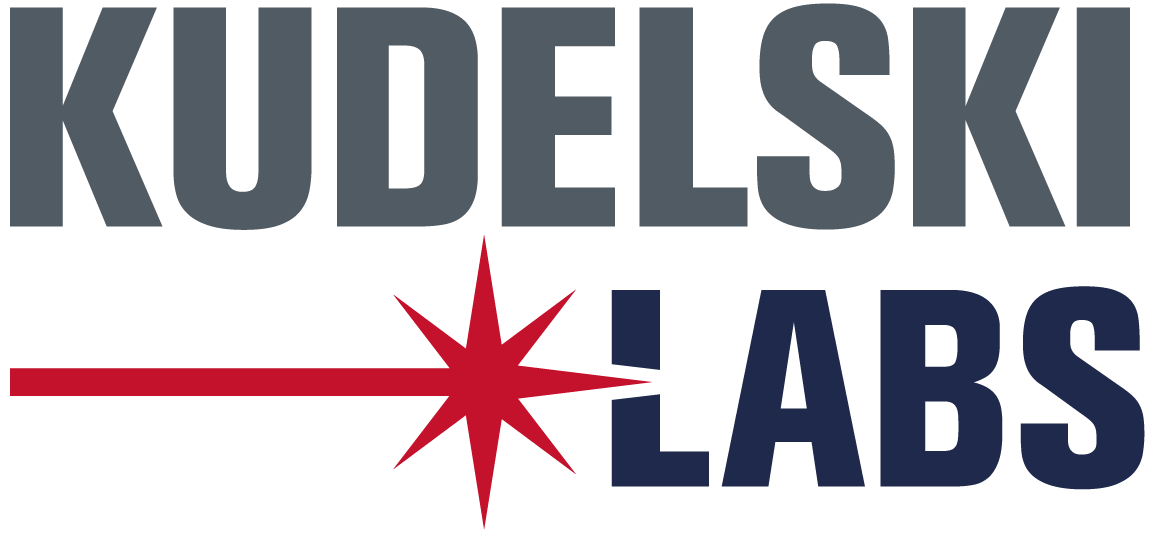Protecting AI models and data integrity from various threats is crucial to ensure the reliability and trustworthiness of these systems. Secure enclaves offer a robust solution to these challenges, safeguarding intellectual property (IP) and maintaining the integrity of AI at the edge.
The Threat Landscape
AI at the edge is vulnerable to a myriad of threats, including but not limited to:
- Data Tampering: Malicious actors can intercept and alter data being processed by AI models, leading to incorrect outcomes and potentially dangerous decisions, especially in critical applications like autonomous vehicles or healthcare devices.
- Model Theft: AI models represent significant investments in research and development. Unprotected models can be reverse-engineered, stolen, or copied, leading to financial losses and reduced competitive advantage.
- Adversarial Attacks: Attackers can manipulate input data to deceive AI models, causing them to make erroneous predictions or classifications. This can have severe implications, particularly in security-sensitive applications like facial recognition and fraud detection.
- Integrity Compromises: Ensuring that AI models operate as intended without any unauthorized modifications is crucial. Compromised model integrity can lead to unreliable and unsafe AI behavior.
The Role of Secure Enclaves
Secure enclaves provide a hardware-based solution to these threats by creating a protected execution environment within a device. This environment is isolated from the rest of the system, ensuring that sensitive data and computations remain secure. Here are some key benefits of secure enclaves:
- Data Protection: Secure enclaves encrypt data in use, protecting it from being accessed or tampered with by unauthorized entities. This is crucial for maintaining the integrity of the data being processed by AI models.
- Model Confidentiality: AI models can be securely loaded and executed within enclaves, preventing unauthorized access and reverse engineering. This protects the IP and ensures that the AI operates as intended.
- Tamper Resistance: Enclaves are designed to be resistant to physical and software-based tampering. Any attempt to breach the enclave's security triggers alerts or shuts down the protected environment, preserving the integrity of the AI.
- Secure Boot and Firmware: Secure enclaves support secure boot processes, ensuring that only authenticated and verified firmware and software can run on the device. This prevents malicious code from being executed within the protected environment.
Implementing Secure Enclaves in AI Systems
To effectively protect AI at the edge, organizations should consider the following measures:
- Hardware-Based Security: Utilize semiconductor devices with built-in secure enclave capabilities. These devices offer a foundation for secure AI deployment, ensuring that sensitive operations are isolated and protected from the rest of the system.
- End-to-End Encryption: Implement encryption for data at rest, in transit, and in use. Secure enclaves can handle in-use data encryption, ensuring that data remains protected throughout its lifecycle.
- Secure Firmware Updates: Regularly update firmware and software running within secure enclaves. This ensures that the latest security patches and features are in place, mitigating potential vulnerabilities.
- Access Control: Implement strict access control policies to limit who can interact with the secure enclaves and the data within. Use multi-factor authentication and role-based access controls to enhance security.
- Continuous Monitoring: Deploy continuous monitoring solutions to detect and respond to any security incidents. This includes anomaly detection systems that can identify unusual activities indicative of potential attacks.
Case Studies: The Impact of Secure Enclaves
Autonomous Vehicles
In autonomous vehicles, AI models are critical for decision-making processes, such as obstacle detection and navigation. Secure enclaves ensure that these models remain protected from tampering and adversarial attacks. By safeguarding the integrity of the AI models, secure enclaves help maintain the safety and reliability of autonomous driving systems.
Healthcare Devices
Medical devices equipped with AI, such as diagnostic tools and wearable health monitors, rely on accurate and secure data processing. Secure enclaves protect patient data and ensure that AI models used for diagnosis and monitoring are not compromised. This enhances patient safety and maintains trust in healthcare technologies.
Industrial IoT
In industrial settings, AI-powered IoT devices monitor and control critical infrastructure. Secure enclaves protect these devices from cyberattacks, ensuring the integrity of data and AI models used for predictive maintenance, quality control, and operational optimization. This minimizes downtime and prevents costly disruptions.
As AI continues to expand its footprint at the edge, securing these deployments becomes increasingly critical. The threats posed by unprotected AI can lead to significant financial, operational, and safety risks. Secure enclaves offer a powerful solution to these challenges, providing a robust and isolated environment for sensitive AI computations and data. By implementing secure enclaves, organizations can protect their intellectual property, ensure the integrity of their AI models, and maintain the trustworthiness of their edge AI applications. In an era where data and AI drive competitive advantage, investing in secure enclaves is not just a security measure—it is a strategic imperative.




